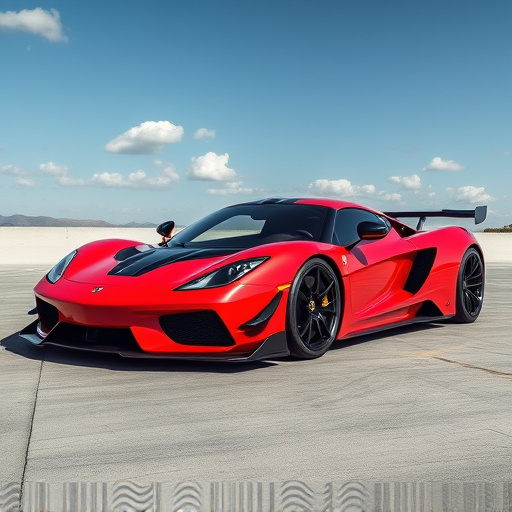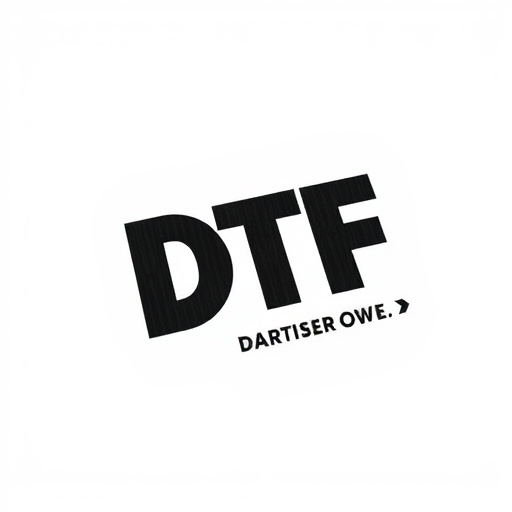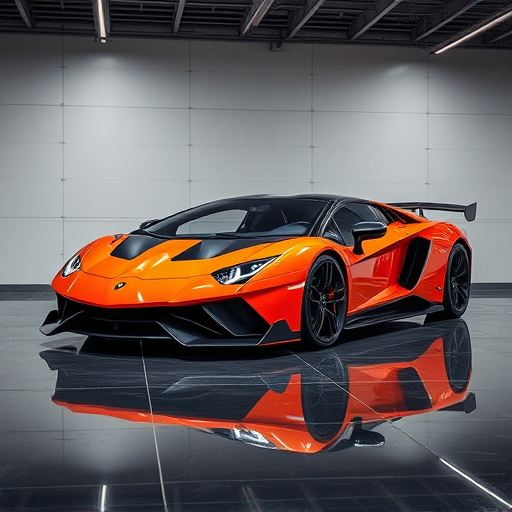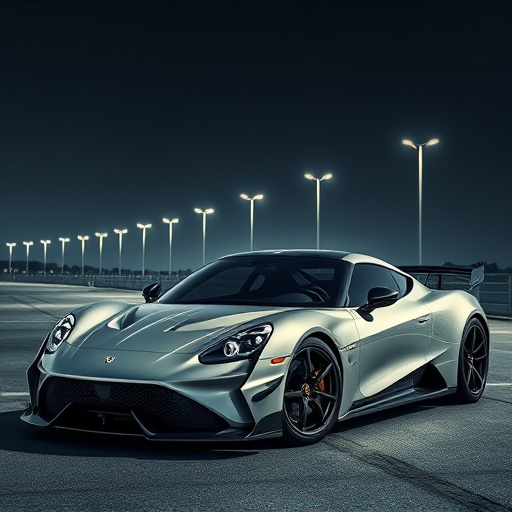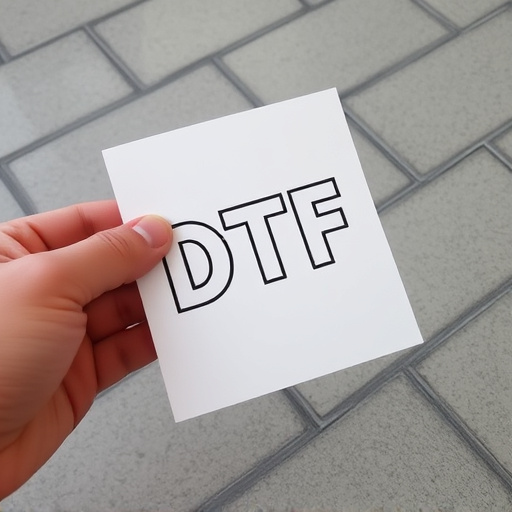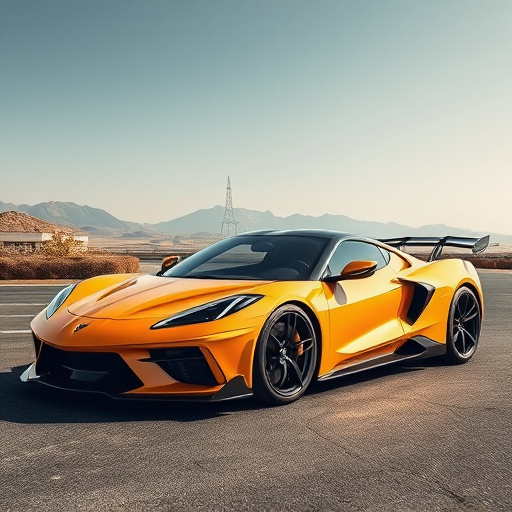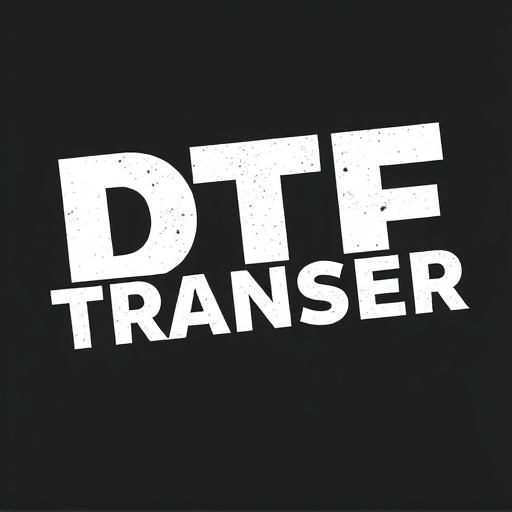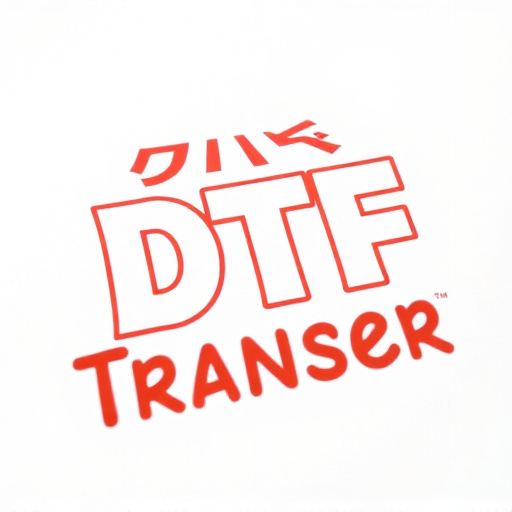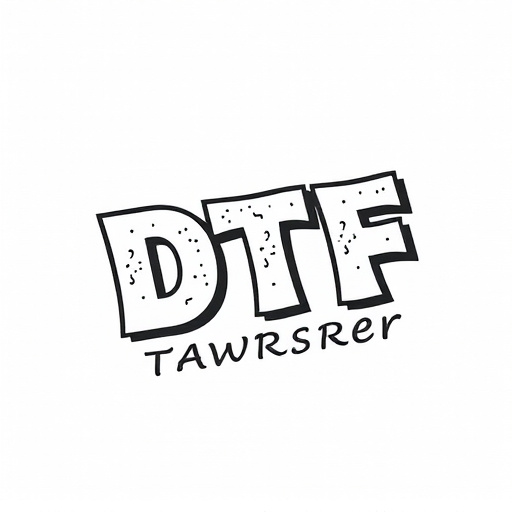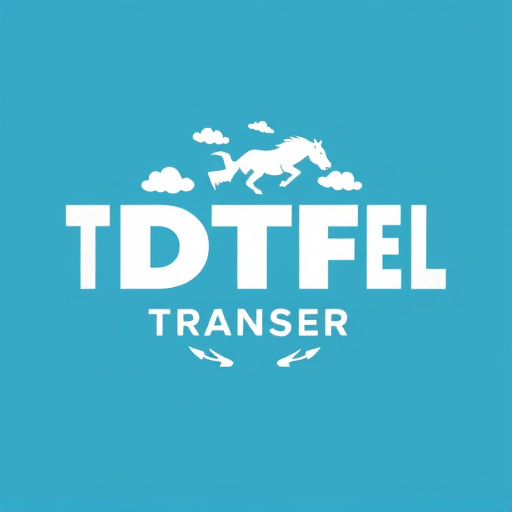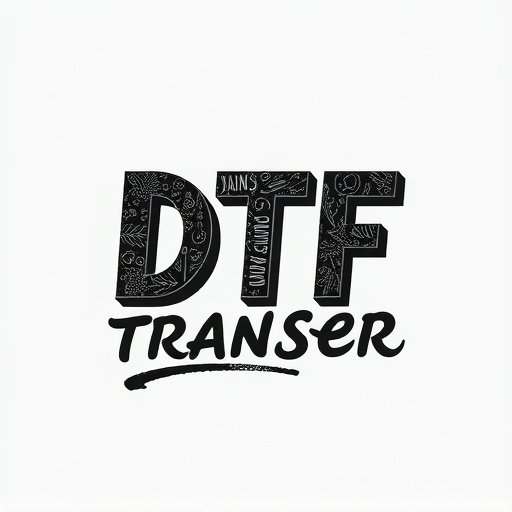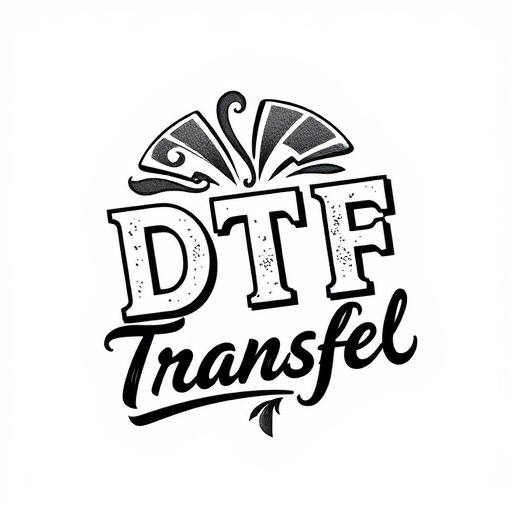Direct to Film (DTF) printing is a game-changer in multi-design printing, offering efficient production, time and cost savings, and unparalleled design freedom. Ideal for custom merchandising, art prints, and more, DTF transfers streamline workflows by eliminating plate changes, reducing setup times, and enabling intricate designs on diverse materials. Choosing the right films and inks is crucial for high-quality results, while a meticulous layout process ensures efficient single-film printing. With its versatility and rapid customization capabilities, DTF printing is transforming industries from fashion to marketing, catering to modern demands for efficiency and personalization.
In the realm of printing, Direct to Film (DTF) transfer has emerged as a versatile and efficient technique. This innovative method allows for the printing of multiple designs on a single film, streamlining production processes and reducing waste. By leveraging DTF, businesses can optimize print efficiency, offering cost-effective solutions without compromising quality. This article explores the benefits, techniques, and real-world applications of multi-design DTF printing, empowering professionals to harness its potential for diverse projects. Discover how DTF transfer enhances productivity and opens doors to creative possibilities.
- Understanding DTF Transfer: A Versatile Printing Technique
- The Benefits of Arranging Multiple Designs on a Single Film
- Optimizing Print Efficiency with DTF (Direct to Film)
- Choosing the Right Materials for DTF Transfer Prints
- Step-by-Step Guide: Creating and Printing Complex Layouts
- Real-World Applications of Multi-Design DTF Printing
Understanding DTF Transfer: A Versatile Printing Technique
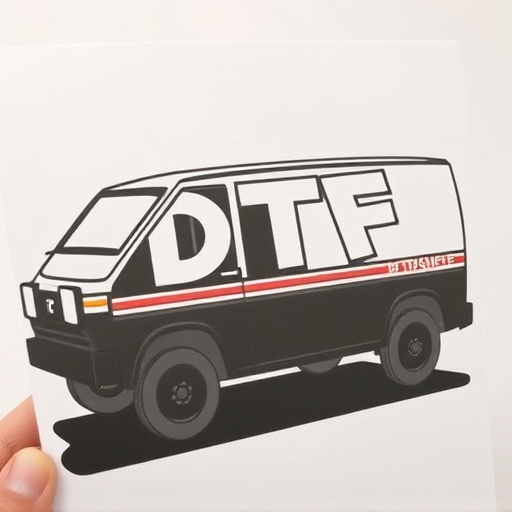
The DTF Transfer (Direct to Film) printing technique is revolutionizing the way we approach multi-design printing on a single film. It’s a versatile method that allows for efficient production of various prints, making it ideal for businesses looking to streamline their printing processes. By directly applying ink to the surface of a transparent film, DTF enables the creation of intricate and detailed designs. This process is particularly advantageous when producing multiple layouts as it offers significant time and cost savings compared to traditional printing methods.
With DTF Printing, designers have the freedom to experiment with different arrangements, ensuring each design stands out while maintaining a cohesive overall aesthetic. The versatility extends to a wide range of print types, from text and logos to complex illustrations and photos. This capability makes DTF an attractive choice for various applications, such as custom merchandising, promotional items, and even art prints.
The Benefits of Arranging Multiple Designs on a Single Film
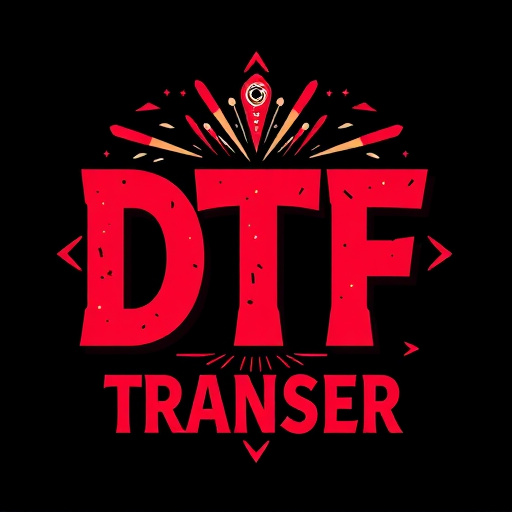
Arranging multiple designs on a single film for DTF (Direct to Film) transfer offers significant advantages in the printing process. This innovative approach allows printers to optimize their workflows and enhance overall efficiency. By combining various designs onto one film, print shops can reduce setup time between prints, as there’s no need to change plates or films for each new design. This results in faster production times and reduced labor costs.
Additionally, this method enables printers to offer a wider range of creative possibilities. With multiple designs in one go, it becomes easier to cater to custom orders or create unique, personalized prints on demand. DTF Printing allows for intricate detail and high-quality images, ensuring that each design is reproduced accurately. This technique is particularly beneficial for small batch productions or when producing a variety of products with different artistic themes, ensuring a streamlined and cost-effective process without compromising on quality or creativity.
Optimizing Print Efficiency with DTF (Direct to Film)
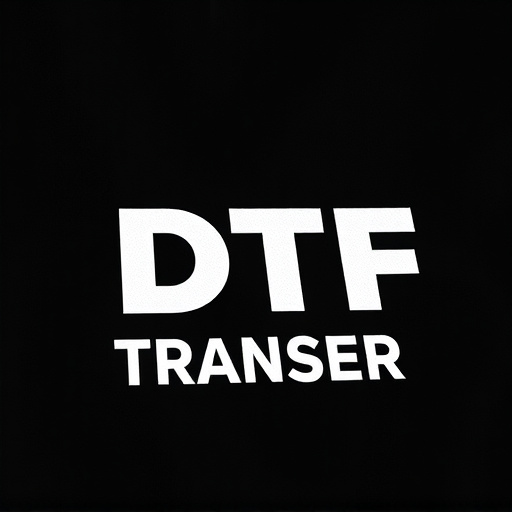
Direct to Film (DTF) technology is transforming the printing industry by offering a highly efficient and versatile solution for producing high-quality prints directly on film. This innovative approach eliminates the need for traditional intermediate transfer media, streamlining the entire printing process. With DTF, multiple designs can be seamlessly arranged and printed on a single film, making it an ideal method for businesses seeking to optimize their production workflow.
By employing DTF Printing, companies can achieve remarkable results with enhanced speed and precision. The direct application of ink onto the film allows for crisp, vibrant DTf Prints, ensuring that intricate designs and detailed images are reproduced flawlessly. This technology is particularly advantageous for short-run printing projects, as it provides a cost-effective alternative to setting up complex machinery for each unique design.
Choosing the Right Materials for DTF Transfer Prints

When it comes to DTF (Direct-to-Film) transfer printing, selecting the appropriate materials is paramount for achieving high-quality results. The key lies in choosing films that are compatible with your desired print surface, be it fabric, wood, or plastic. High-performance DTF films offer excellent adhesion and durability, ensuring that vibrant and long-lasting prints are achieved.
Additionally, the right ink types are crucial. Eco-friendly, solvent-based inks are popular choices for DTF printing due to their rich color reproduction and ability to adhere well to various materials. These inks also dry quickly, streamlining the printing process. By combining the right film and ink, you can maximize the efficiency of your DTF prints, enabling you to produce intricate designs with precision and speed.
Step-by-Step Guide: Creating and Printing Complex Layouts
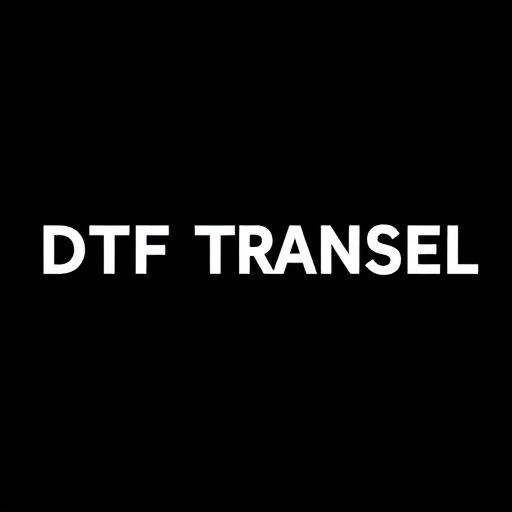
Creating complex layouts on a single film for efficient printing involves several strategic steps. Start by gathering your design files, ensuring they are in a compatible format like PNG or SVG. Using specialized software designed for DTF (Direct to Film) transfer, carefully arrange and size each design onto a digital film template. This process allows for precise control over placement and scaling.
Next, preview and adjust the layout as needed, considering factors like overlap and negative space. Once satisfied with the arrangement, print the film using a high-quality DTF printer. After printing, carefully inspect the film for any imperfections or misalignments. If everything is correct, proceed to the cutting phase. Cut the film precisely along the design boundaries, ensuring each individual DTF transfer is ready for application. This meticulous approach maximizes efficiency in printing complex layouts, resulting in high-quality DTF prints.
Real-World Applications of Multi-Design DTF Printing
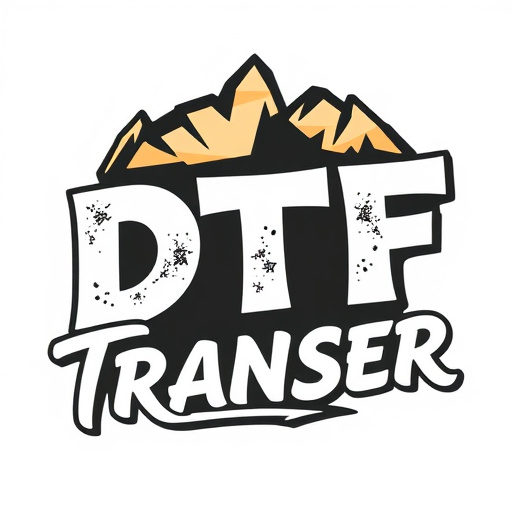
In today’s fast-paced world, where customization and efficiency are key, multi-design DTF (Direct to Film) printing has found its place across various industries. This innovative technique allows for multiple designs to be precisely arranged on a single film, streamlining the printing process and reducing waste. Real-world applications span from garment printing, where designers can quickly create unique, limited-edition pieces, to signage and display advertising, enabling businesses to produce eye-catching, high-quality visuals at speed.
DTF transfer printing has also made inroads into the promotional products sector, allowing for personalized items such as mugs, t-shirts, and phone cases to be produced with intricate, detailed designs. This versatility makes DTF printing an attractive option for events, marketing campaigns, and corporate gifting, where the ability to rapidly produce a wide range of customized items is essential.


